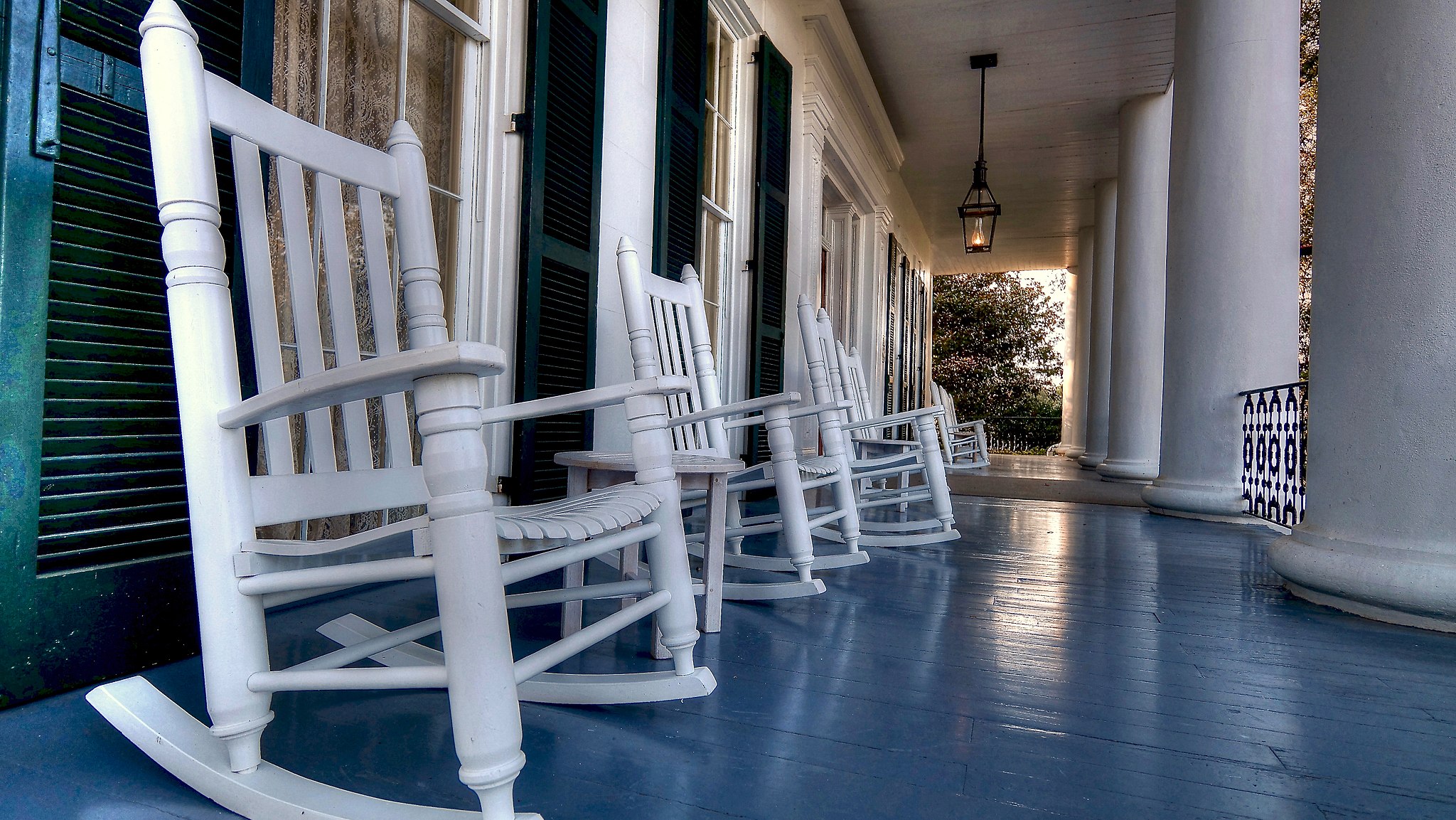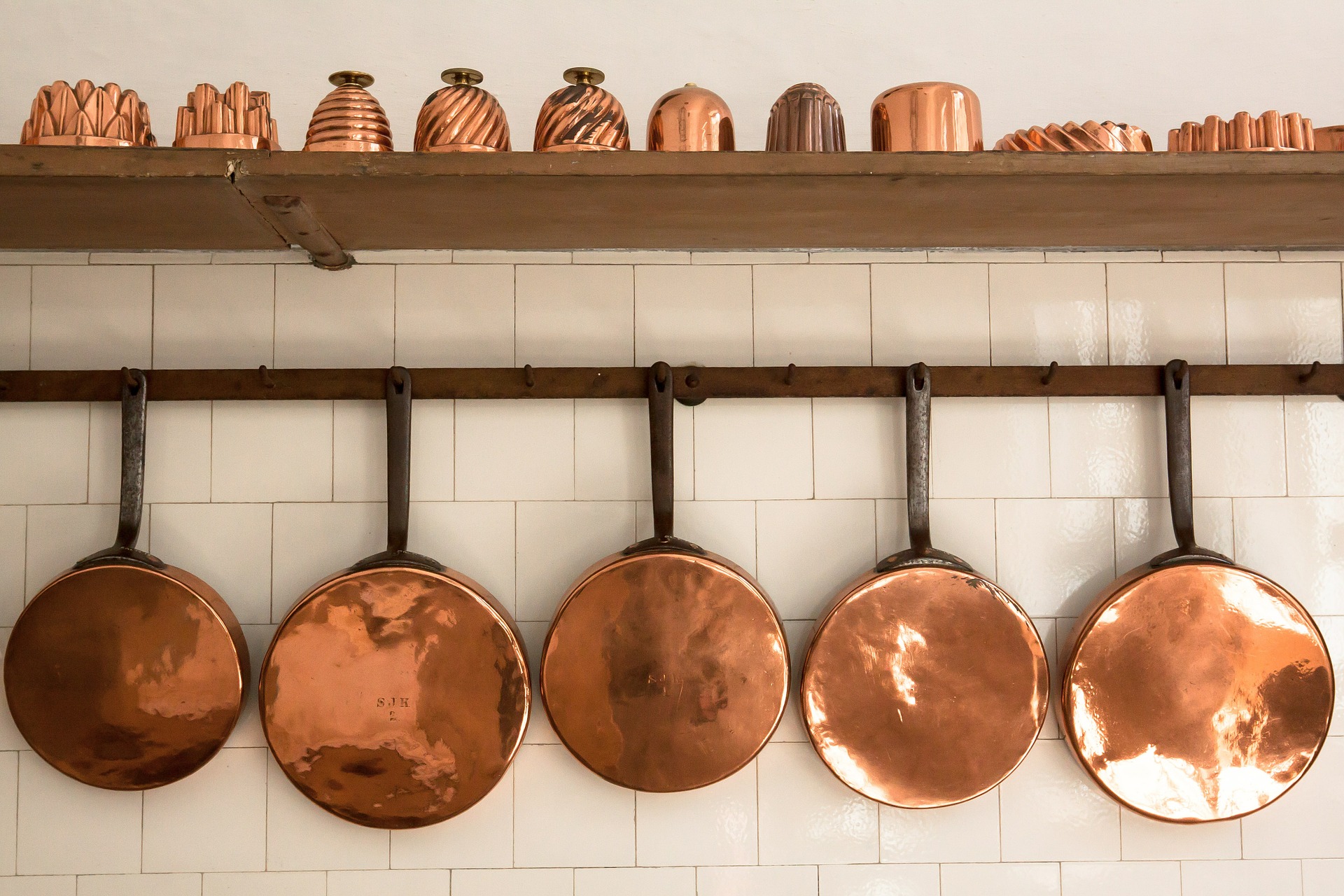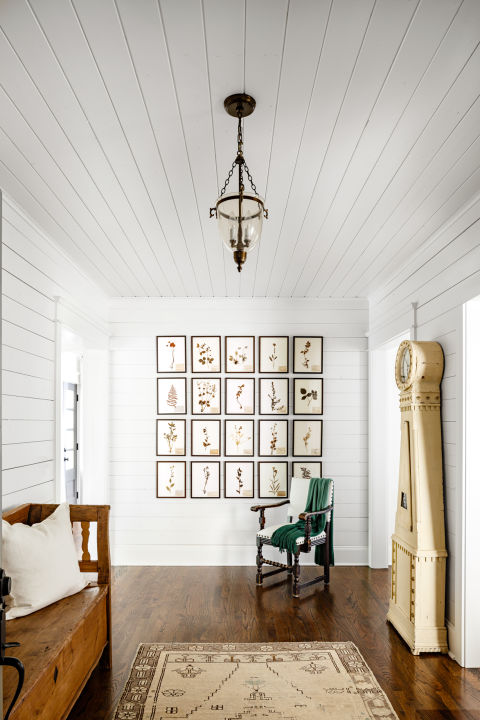Soft white cabinetry, gleaming pottery, the artful roughness
of galvanized metal and worn wood: these are the tell-tale signs of a home slowly
giving in to rising tide of the farmhouse aesthetic. This return-to-roots
movement—which goes hand in hand with the growing interest in DIY homemaking—is
the current darling of Pinterest personalities and HGTV gurus, but how can you
achieve this popular look on your own? Here are five core tenets to keep in
mind when transforming your home into a country escape.
The Importance of the Porch

When the farmhouse architectural style was first emerging, its
iconic features were all born out of practicality, including the essential front
porch. Although the transitional space may no longer be used to prevent the
grime of daily fieldwork from making its way into the home, it’s still vital to
capturing that farmhouse feeling. Here in the desert, porches aren’t especially
common, so if you already have one, you’re one step ahead of the rest! If you
don’t have the time or the extra money to dedicate to adding one, or if it
simply wouldn’t make architectural sense with the rest of your house, don’t
worry. You can still recall the welcoming feeling of a porch by adding a few reminiscent
touches, such as a rocking chair or bench and a rustic sign. It’s important to
make the right first impression, and a porch/front area can do just that,
before your guests even enter the house!
Formal and Informal Space
So, you’ve decked your porch and front door with vintage
trimmings—what next? From the moment your visitors step over the threshold, it
should be evident that they are in a living space designed to welcome them. In
a traditional farmhouse, the front room or rooms were for family gatherings and
receiving guests; it was a public space, as opposed to the kitchen, which would
have been at the back of the house, and the bedrooms, which would usually be on
the second story. If you’re looking for an excuse to re-organize and make your
home feel fresh again, here it is! Turn your front rooms into an open, social
space: a central sitting area with a large couch or antique-style armchairs, accented with handmade and vintage goods.
Rethinking Storage

When the farmhouse style emerged in the 1700s, the average
American accumulated far less material goods than we do today, and dedicated storage
spaces such as closets would have seemed unnecessary. Furniture pieces such as
trunks and dressers would have been much more practical back then—today, you
can use those same pieces for their aesthetic value. A weathered antique trunk
for linens or quilts adds a homey touch to any room, and rescuing and
distressing a drab dresser can be the perfect project for your spare time! For
areas where storage is more of a necessity, like the kitchen, think about
making use of open cabinetry and hooks so that your assortment of rustic-style
cookware and crockery can be on proud display—and easier to grab when you’re
making dinner!
White Ironstone China
Speaking of crockery, perhaps the real mark of someone dedicated
to the farmhouse aesthetic is your very own collection of white ironstone
chinaware. This distinctive style of pottery emerged around the same time as farmhouse
architecture, so they tend to go aesthetically hand in hand, especially the later
pieces which frequently incorporate agricultural motifs. Genuine white
ironstone can span a wide range of prices, dependent upon what kind of piece
you’re hunting for—cake stands are rare and worth at least a couple hundred,
but more common pieces like handless teacups usually sit around $30. Individual
plates can be found for under ten, if you want to engage in some tasteful mismatching,
or between $30 and $60 for complete sets.
Some helpful guides for what to look
for when you’re getting started can be found here and here.
Wood Paneling

One of the best ways to achieve the farmhouse look is to
incorporate elements of wood paneling where you can. Traditionally these elements
would have been whitewashed, but you can also change things up a bit by
choosing a darker color in order to make other white accents stand out. Shiplap
is in the forefront of many home designer’s minds, thanks to shows such as HGTV’s
Fixer Upper, and can be a great way
to instantly add texture and a feeling of history to a room. You can also
consider incorporating beadboard wainscoting for a subtler and less
labor-intensive approach.
Leave a Reply
You must be logged in to post a comment.